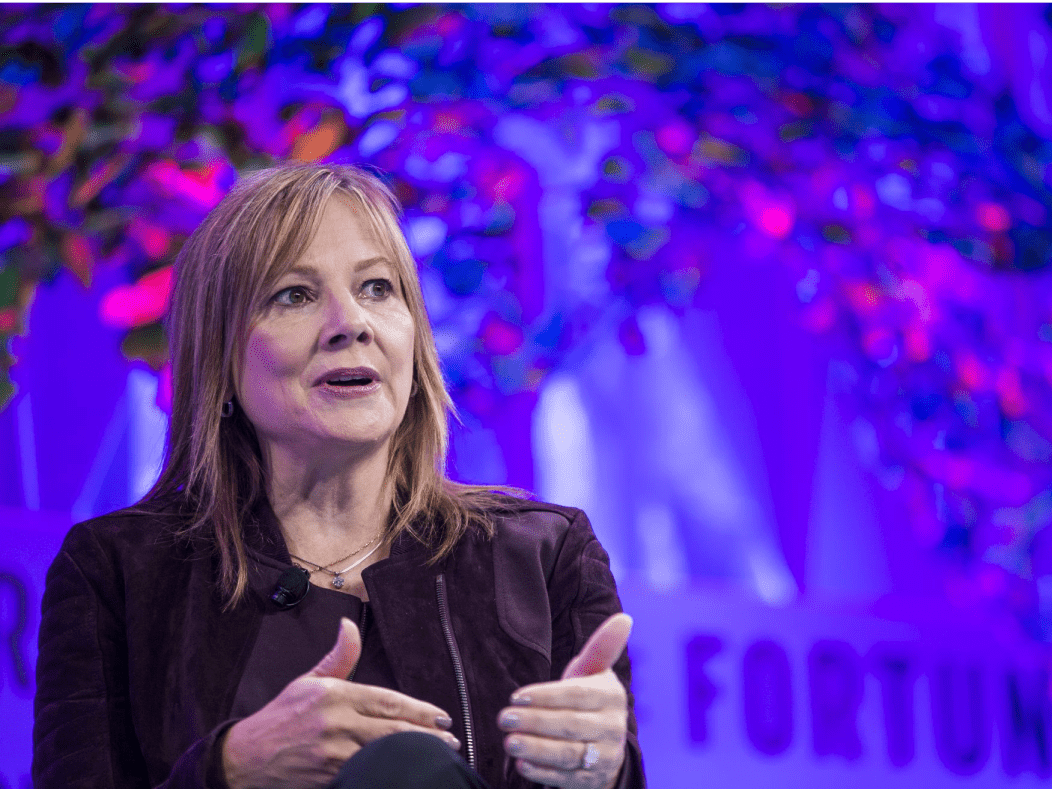28 Mar New Numbers Show the Gender Pay Gap Is Real
 Source: Claire Suddath, Bloomberg, March 28, 2018
Source: Claire Suddath, Bloomberg, March 28, 2018
There’s an essential, frustrating truth about the gender pay gap: You can size it up or down depending on what you’d like to measure—and what you’d like to measure depends on what you think the pay gap is. Are you talking about all women across the economy? In a specific industry? A specific company? In certain jobs? “You can whittle the pay gap down when you control for more and more variables,” says Henry Farber, an economics professor at Princeton University. “But you can never make it go away.”
This year, Britain is forcing companies to report their pay gaps as they actually exist, no whittling allowed. By April 4, all businesses with at least 250 employees working in the U.K. will have to disclose any discrepancies in pay between their male and female workers. Ultimately about 9,000 companies representing 15 million employees will be forced to report, although only about two-thirds had done so by March 28. Those that don’t will be subject to unspecified fines and sanctions by the government’s Equalities and Human Rights Commission.
The law—enacted in 2017, after a 2010 measure encouraging voluntary reports failed—is very clear about just what numbers British companies must report: unadjusted mean and median hourly wage and bonus pay for all men and all women, as well as percentages of men and women in each pay quartile. The rigid approach leaves companies nowhere to hide, no statistical mechanism to cover up their failure to mentor women, no rhetorical way around the fact that their higher-paid divisions are largely male. While the requirement is confined to companies’ U.K. workforces, the numbers provide an insight into the structure of companies around the world. “The picture in the U.K. isn’t that much different from the U.S.,” says Farber. “Women earn less than men.”

A lot less, it turns out. Take HSBC Bank Plc. The average woman working there in the U.K. makes 59 percent less than the average man. More than half of the bank’s U.K. workforce is female (54 percent), but most of the women are in lower-paying, junior roles: Women account for 71 percent of its lowest-tier employees and only 23 percent of its senior executives. About as many women as men earned bonuses at HSBC in the U.K. last year, but because women are in lower-paid positions those bonuses were 86 percent smaller than those earned by men.
At Goldman Sachs International, women in the U.K. collectively make 55 percent less than men; at Barclays Plc, it’s 48 percent; at Deloitte, 43 percent. Outside the finance sector, based on companies reporting so far, the gap isn’t quite so bad. Women at the oil and gas company BP Plc make 23 percent less than men; at 3M Co., it’s 14 percent; at Amnesty International, 11 percent. The gap at the latter two is smaller than the U.K. average, according to the Office for National Statistics, which has identified a national mean pay gap of 17.4 percent, roughly on a par with the U.S.

“For most companies, this is the first time they’ve analyzed numbers like this,” says Charles Cotton, a compensation adviser with Chartered Institute of Personnel and Development (CIPD), an association for human resource professionals. These figures can’t tell you whether women and men holding the same jobs at a particular company are compensated equally. But they do describe what working women have known for decades: that their careers move slower than men’s, peak at a lower level, and ultimately pay a lot less. “If men are doing all the top jobs and the women are making the tea, then there’s something wrong,” says Vince Cable, leader of the U.K. Liberal Democrat party, which led the law’s passage. “The gap is actually a lot worse than I think anybody anticipated.”
That may be because most companies would prefer to analyze their salary data within very narrow parameters, if at all. In April 2016, Microsoft Corp. announced that it had run an internal analysis of its salary data and found that women at the company were paid 99.8 percent of what men working in the same roles at the same level received. That number becomes less impressive when you learn that each of Microsoft’s dozens of pay grades at the time came with a set of salary ranges—it doesn’t reflect whether women were assigned to the correct job levels in the first place or whether they were promoted as often as men. The company was essentially saying that men and women making roughly the same amount of money were, yes, making roughly the same amount of money. “If I’m doing the exact same job but am at a different level,” one woman wrote in an email to Microsoft’s head of HR, “that’s not pay equality.” Her email was released publicly in March as part of a pay disparity lawsuit filed in 2015 by three former Microsoft employees. Microsoft declined to comment, but it said in a 2016 blog post that it was “encouraged” by its pay findings.

No law in the U.S. compels companies to analyze their salary data in the British way—or any way. An Obama-era rule, which would have required government contractors to report their salary data broken down by race and gender, was scrapped by the Trump administration last year. Instead, companies such as Facebook, Amazon, Citigroup—and, yes, Microsoft—have come forward with pay gap figures largely in response to shareholder proposals put forward by Natasha Lamb, managing partner of the Boston investment firm Arjuna Capital. So far, Lamb has pushed only for job-for-job figures like the ones Microsoft reported, not the big aggregate gaps. “We see the equal-pay-for-equal-work number as a critical first step for companies,” says Lamb. “The structural gap, like what you’re seeing in the U.K., is the next step. So far we’ve had no takers on releasing that.”
British companies haven’t been thrilled about releasing their data. “We follow what we’re asked to do, and we’ve done that,” says Heidi Ashley, an HSBC spokeswoman. “We don’t want to provide further information than is in the pay report.” Several accounting and law firms have come under fire for excluding partners from the pay data, arguing that partners co-own the companies and therefore aren’t employees. The accounting firm EY, for example, first reported a 20 percent gap, then later revised it to 38 percent when partners were included.
The law’s supporters hold that the pain is necessary to achieve the kind of sweeping social changes that will close the pay gap for good. “There’s an element of realism” to the very public nature of the reporting process, says CIPD’s Cotton. “Companies can do a lot about how they promote and pay people. But they can’t change cultural norms.” When Goldman Sachs announced its 55 percent gap in March, Chief Executive Officer Lloyd Blankfein and President David Solomon issued a joint statement claiming that “the real issue for our firm and many corporations is the underrepresentation of women.” The company promised to have women account for half of its recruiting class by 2021 and 30 percent of its vice presidents (and above) by 2023. But it also called itself a “meritocracy” and said that gender wasn’t a factor in how employees were paid. If that’s true, then it follows that, until now, women haven’t been rising through Goldman’s ranks because they didn’t deserve to.

“The pushback we hear is, ‘We want a meritocracy, don’t we?’ ” says Denise Wilson-White, CEO of the Hampton-Alexander Review, an organization that works with the U.K. government to lobby for more women on company boards. “We have to start questioning whether business is built on a foundation of meritocracy when consistently we’re appointing senior white men into all of our leadership jobs. That doesn’t feel like it is a meritocracy, does it? That feels like a highly biased selection process.” In 2010 several former Goldman Sachs employees sued the company for what they alleged was widespread gender discrimination, claiming that women weren’t given the same opportunities for promotions and advancement, were treated differently by their managers, and were sometimes paid less than male colleagues. Goldman denied the allegations and is still fighting the case in court. The company declined to comment.
The numbers coming out of Britain reflect a globalized society structured so that men hold certain types of jobs and women others. Even if you accept that as true, the problem remains of how to apply knowledge of how all women get paid to how a specific woman gets paid. “If you say, ‘Oh, we’ve got a gender pay gap because we’ve got more men in higher-paid roles,’ that’s an explanation, not a justification,” says Cotton. “Really, what we’re seeing is that we have 750 years of history and progress in Britain, and we’ve still got a pay gap of 18 percent.” —With David Hellier, Lucy Meakin, Stephen Morris, Suzi Ring, and Janet Paskin



